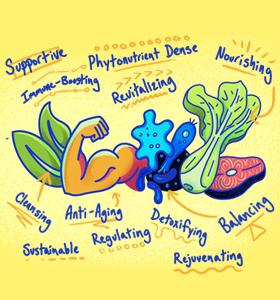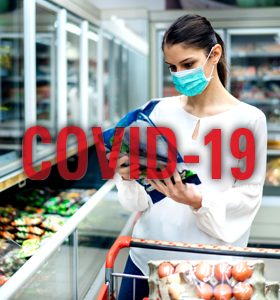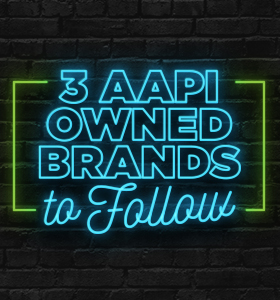May is AAPI Heritage Month—a celebration of Asians and Pacific Islanders in the United States. With the month winding down, we want to spotlight some of our favorite AAPI-owned food brands. As a member of the AAPI community who works in digital advertising, I’m always searching for thought leaders and brands that find unique ways to incorporate their culture and share it with others. Here are three small business food brands doing just that!

How To Develop A Brand Persona

Who are you? Who are your consumers? What’s your history? Your product? Your values? Your distinction? Identity is the bedrock of any brand. It’s marketing 101, baby. Netflix. Apple. Nike. The most iconic brands know who they are. They know their workers and customers alike. They own a unique aesthetic and sell more than just a good or service—they sell a lifestyle to aspire toward. Capturing that essence is rare for a range of reasons. A common one is that many companies have a disjointed idea of who they are. The CEO might see the brand differently from the sales team, who may see it differently from customer service. The identity has to be unified from within through policies, practices, and messaging—it’s who a company hires, how they treat their workers, what their offices look like, and how they give back. Brands often hire consultants or agencies to help guide this process that culminates in a unified front.
“I pledge to be faithful to your brand…” said no consumer ever.

You hear a lot these days about how consumers are no longer loyal when it comes to CPG food and beverage brands; that they quickly trade-off for private label or newer, emerging brands. And this is quite true. But I’d like to suggest that “brand loyalty” is largely a myth fabricated by overzealous marketers. One of the many snake oil sales tactics in this business.
Is Your Food Brand Functioning?

Functional foods. We’ve all heard the term. We know that in the past functional foods were considered to be foods that had a potentially positive effect on health beyond their basic nutritional value. For instance, oatmeal contains soluble fiber that can help lower cholesterol. Or salmon is an excellent functional food because the omega-3 fatty acids can reportedly decrease the risk of heart disease.
But today, functional foods mean so much more to both consumers and brands.
Clean Up Your Act

When I was a teenager, my dad would say, son “clean up your act.” Basically, he was telling me to get the crap out of my life that was dragging me down. And, today, for food brands, I would say the same thing…you need to “clean up your act.”
The bottom line is that we live in a new era of food. Consumers simply expect more from the food brands they buy. The bar is higher than it was 10-15 years ago. Even “clean label” has been taken to an entirely new level; real ingredients, nutrition, functional benefits, claims, certifications, sustainability, and on and on.
Sustaining Your Food Brand’s Growth
Many CPG food brands are continuing to see record sales growth.

Many CPG food brands are continuing to see record sales growth. However, there are many questions that accompany this growth…How long will this growth continue? When will this spike start trending down? Should we increase capacity? How can we reach and retain the new households that have purchased our brand—some for the first time? Will we see sustained growth? If so, what will it be…2%, 5%, 10% or more?
Managing Food Brands in a Time of Crisis

Due to the current COVID-19 crisis, food and beverage companies are having to navigate unchartered waters when it comes to sourcing raw materials, workforce sustainability, retailer demand, consumer consumption, and overall brand management. Read more…
Plant-Based goes Incogmeato

No, that’s not a typo – Incogmeato’s a clever new brand name for a new line of plant-based burgers, brats and Italian sausage poised to begin hitting backyard grills across America during the next few months, just in time for prime grilling season. As the name suggests, the goal for the products was that they be indistinguishable from their traditional meat-based counterparts.
Read more…








